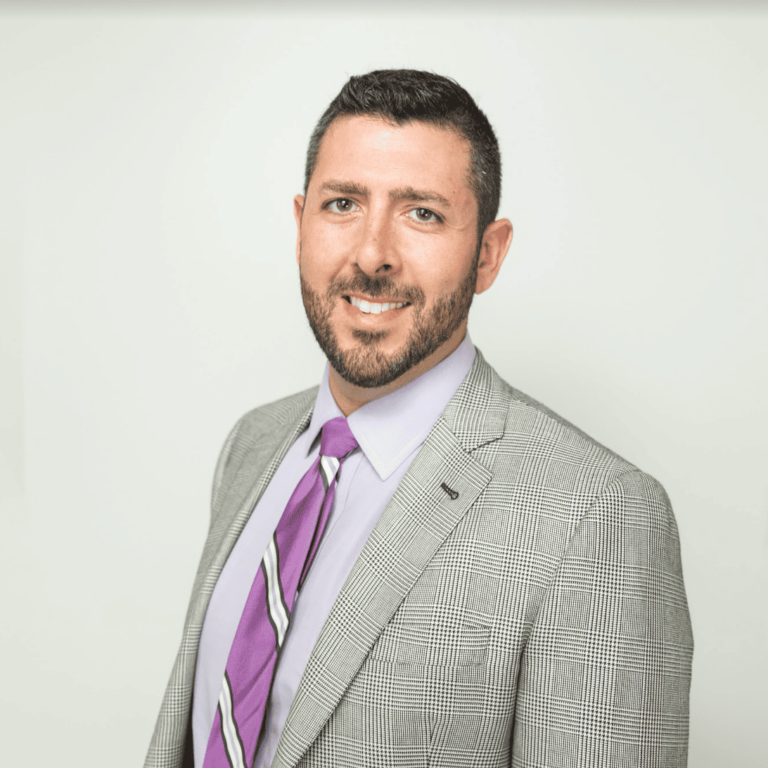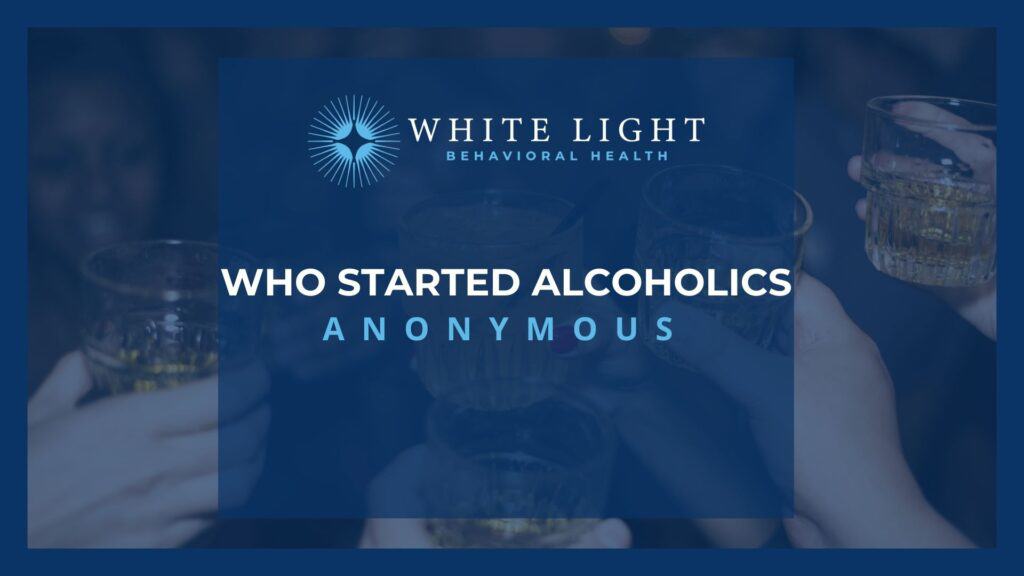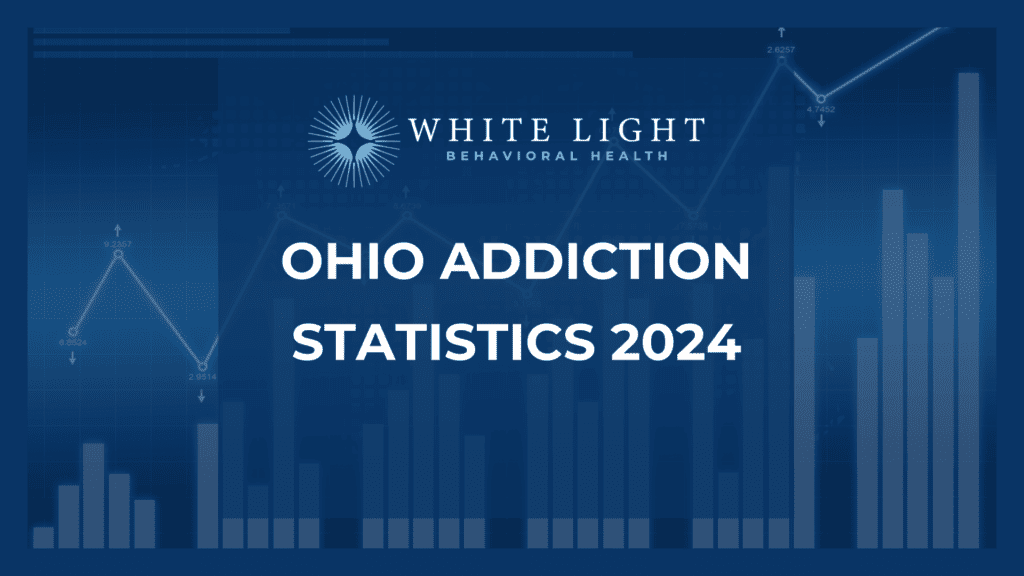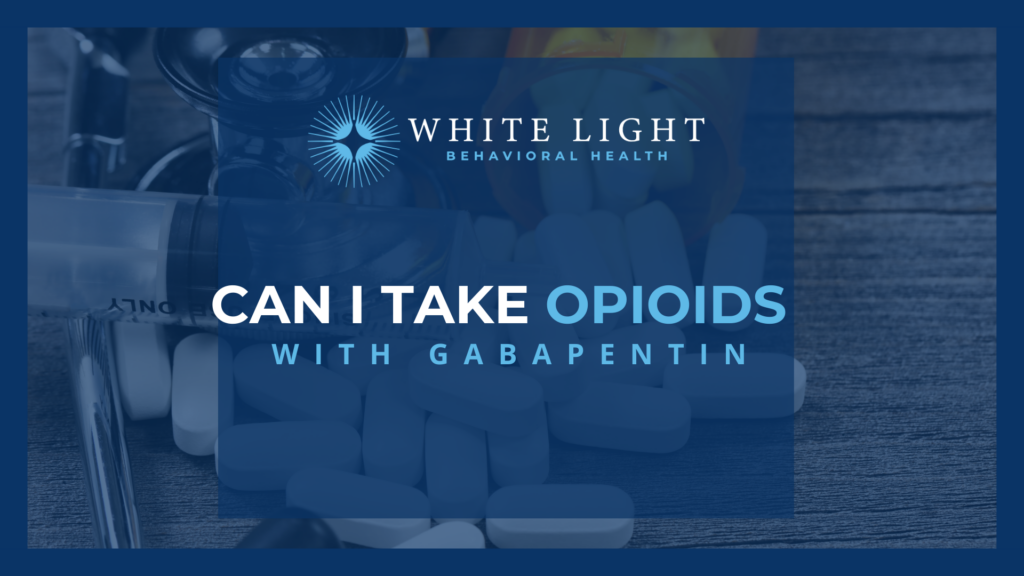One Man’s Addiction Started a Revolution in Recovery
Who is Bill W? He is one of the two men credited with starting AA (Alcoholics Anonymous). Born in Vermont, under ordinary circumstances, Bill Wilson would go on to have a decidedly extraordinary impact.
Bill Wilson’s Early Background
Born in 1895, Bill Wilson was hit with some challenges early on in life. As children, he and his sister were both abandoned by his parents and then left in the care of their grandparents. Interestingly, in a saga that would perhaps foreshadow certain aspects of Bill’s life, his alcoholic paternal grandfather quit drinking after undergoing a mystical experience on a mountaintop. Wilson, meanwhile, became a very troubled teen but still did manage to rack up some achievements, such as becoming the captain of his high school football team.
A Few Drinks Were All It Took
In 1916, when Wilson was a young military officer, he often attended dinners where alcoholic drinks were served. At one of these dinners, he tried Bronx cocktails for the first time—a mix of martini and orange juice. Wilson felt good after drinking them, which made him more at ease in social situations. Over time, he started drinking more frequently. Although this was common among young officers, nobody seemed worried about Wilson’s drinking habits, as reported by the Washington Post in 1989.
After he served in World War I, however, Wilson’s relationship with alcohol took a turn. Because he was too inebriated to collect his diploma, Wilson never graduated from law school. Also, his business dealings were gravely affected by his addiction. Although he did have some success on Wall Street, Wilson’s drinking problem would inevitably drag him down and torpedo certain business relationships and deals. His wife, Lois, tried various methods to get him to drink less or abstain, but none of her tactics seemed to work.
In 1933, Wilson went head-to-head with his drinking problem, finding himself committed to rehab no less than four times within just a year. At this rehab facility, Wilson was presented with new ideas — mainly, that drinking was more of a medical problem and not a failure of willpower or moral fortitude. Wilson’s doctor at the time was beginning to develop a theory that perhaps drinking alcohol was an “allergy” of some sort for certain people. Although these more progressive theories brought Wilson some solace, he still wasn’t able to kick his devastating habit.
A Chance Meeting With an Old Friend
Before going back for his fourth rehab stint of the year, Wilson was visited by a friend, Ebby Thatcher, who also used to be an alcoholic. Wilson was stunned that Thatcher was no longer drinking when they met up, and his old friend eventually revealed to him why he was suddenly sober. Under the direction of The Oxford Group, an evangelical collective, Thatcher embraced some of the principles that would later go on to define AA.
The philosophies that Thatcher had been exposed to — some of which were Jungian — were based upon a belief system that fellowship could help people battle their addictions in real and meaningful ways. It was the idea that one could progress further in their healing journey by talking out their issues with other addicts. At the time, it was a revolutionary concept. These days, it is accepted by most people that alcoholics need some help to quit drinking alcohol on their own.
A Revelation
After meeting with his old friend, Wilson experienced a “White Light” moment, a deep spiritual revelation. After having this awakening, Wilson was convinced that he had experienced a divine intervention — and he gave up drinking for good. He was, however, still tempted by alcohol on a business trip. Eventually, he came to decide that the only way he would be able to stay sober would be by helping another alcoholic out of their addiction. The man he ended up helping was named Dr. Bob Smith, and — after one brief relapse — Smith also remained sober for the rest of his life.
An incredible bond was formed between the two men, with Bill W. and Dr. Bob corresponding constantly to expand their success with quitting alcohol into the world. As the world sought out solutions for the alcohol epidemic affecting so many, Wilson and Smith continued to spread the word of their recovery — and the tools for quitting alcohol for good. This kind of candor around alcoholism was something entirely new, and people were ready for it. The concepts caught on like wildfire. Within a few years, 100 people credited their sobriety to this new system. Bill W. and Dr. Bob knew they had something truly special on their hands.
The Big Book
It was in 1939 that Bill W. and his acolyte Dr. Bob released a tome called “Alcoholics Anonymous: The Story of How More Than One Hundred Men Have Recovered from Alcoholism.” It would go on to become one of the most popular and bestselling books of all time. The 400-page guide was centered on the ideas that would eventually provide the foundation for what is now known as The Twelve Steps.
- Admitting Powerlessness: This tenet asks alcoholics to surrender and admit that they possess no power when it comes to alcohol, and their lives have become chaotic as a result.
- Believing in a Greater Power: This principle asserts that alcoholics need to put their faith in a spiritual understanding that is deeper than themselves.
- Turning to God: This step asks AA members to turn their lives over to God so they may begin the healing process.
- Taking Inventory: This step asks people to take an unflinching inventory of their lives and how they are currently living.
- Admissions: This part of the program demands that those who are in recovery admit their failings to themselves, to God, and to at least one other person.
- Readiness: Those in recovery are asked to prepare themselves for the possibility of having their character defects removed.
- Asking: Once someone in recovery is truly ready, they may ask God to remove these flaws.
- Listing: Those who are healing are asked to make a list of everyone they have hurt and to make amends to those people when it is possible.
- Direct Amends: As long as it’s not harmful, the addict is asked to complete direct amends.
- Keep Taking Inventory: Those in recovery are urged to continue monitoring and to admit when they have engaged in wrongdoing.
- Prayer/Meditation: Forming a deeper bond with God is considered one of the most effective ways to avoid relapsing.
- Spiritual Awakening: This step is about carrying the important message to other alcoholics, allowing them to begin healing as well.
A Breakdown of the Twelve Steps
Setting Up AA for Success
Dr. Bob and Bill W. established many of the practices that continue with AA today. First, they introduced the practice of anonymity. By allowing attendees to identify themselves with just their first name, the men realized that they were providing a sense of freedom. Alcoholics could unshackle themselves from their identities and move forward with trying to address their addictions.
Next, the founders were emphatic that AA should not be a political organization in any way. The sole purpose was for alcoholics to help other alcoholics get sober, and the founders believed that nothing — especially political causes — should get in the way of this important work.
Unlike the founders of many other movements, these two men did not seek personal glory or to profit endlessly off their labors. And, as soon as they could relinquish some control of the program, they chose to do so. Although Dr. Bob passed away in 1950 — and Bill W. would live another 21 years after — the impact of both men cannot be overstated. In “The Big Book,” one can see how committed they were to getting their message through to addicts. Whether they were addressing agnostics or employers of those who suffered from the addiction, they aimed for a holistic approach that would support a true recovery.
A Legacy That Lasts Longer Than a Lifetime
These days, the core tenets of AA have become so widely known that even those who do not struggle with substance abuse will recognize the language in popular culture. For instance, almost everyone in society understands what a “sponsor” is as it relates to alcoholism. Also, AA has been so successful that many recovery groups have branched off from it, including Al-Anon and Narcotics Anonymous, among many others.
Adopting the Principles
For many of those who struggle with substance abuse, it can be a lonely road. This is why so many people choose to attend programs like AA and also enter treatment programs like that at White Light Behavioral Health; the name itself is an homage to the “white light” that Bill W. and so many others experienced during their healing journeys from alcoholism. This treatment facility, which is located in Columbus, Ohio, offers help to those who are struggling with addiction and/or mental health issues.
The specialists at White Light have a great deal of experience with guiding those who suffer from any number of substance abuse problems. At their core, just like Dr. Bob and Bill W., they believe that some of the most effective recovery strategies include healing alongside others who are working on conquering their addictions as well.
In a society that often glorifies certain aspects of addiction — and trivializes them — it is crucial for addicts to be in an environment that treats their triggers seriously while also providing compassion and hope for the future. With its sparkling track record for helping people who struggle with addiction, AA serves as the template for many of the philosophies discussed by those who are undergoing treatment at White Light.
How did Alcoholics Anonymous (AA) Begin?
Alcoholics Anonymous (AA) began in 1935 when Bill Wilson and Dr. Bob Smith, both struggling with alcoholism, found mutual support and sobriety by sharing their experiences and forming a fellowship focused on helping each other stay sober.
What is the Role of the 12 Steps in Alcoholics Anonymous?
The 12 Steps of Alcoholics Anonymous are a set of principles outlining a course of action for recovery from addiction, focusing on admitting powerlessness over alcohol, seeking support, making amends, and living a spiritual life. They form the core of AA’s program and are widely used in addiction recovery.
Who Were Bill Wilson and Dr. Bob Smith?
Bill Wilson and Dr. Bob Smith were the co-founders of Alcoholics Anonymous. They met in 1935 and formed a friendship based on their shared struggle with alcoholism, which eventually led to the creation of AA and its 12-step program.
What Led to the Formation of Alcoholics Anonymous?
The formation of Alcoholics Anonymous was catalyzed by the personal struggles of Bill Wilson and Dr. Bob Smith with alcoholism. Their desire to help themselves and others overcome addiction led them to establish a support group centered around mutual aid and abstinence.
How Does Alcoholics Anonymous Compare to Narcotics Anonymous?
Alcoholics Anonymous and Narcotics Anonymous are both support groups based on the 12-step program, but AA focuses specifically on alcohol addiction, while NA is more inclusive, supporting individuals struggling with any form of substance abuse.
Can Anyone Join Alcoholics Anonymous?
Yes, anyone who has a desire to stop drinking can join Alcoholics Anonymous. AA is open to anyone regardless of age, gender, ethnicity, or religious beliefs. The only requirement for membership is a desire to achieve and maintain sobriety.
How Does Alcoholics Anonymous Work?
Alcoholics Anonymous operates through regular meetings where individuals share their experiences, strengths, and hopes with each other to stay sober. Members follow the 12 Steps and offer support to each other in their journey toward recovery.
What is the Significance of the 12th Step in Alcoholics Anonymous?
The 12th Step of Alcoholics Anonymous involves carrying the message of recovery to other alcoholics and practicing the principles of AA in all areas of life. It emphasizes the importance of service and giving back to the community of individuals struggling with addiction.
Are There Any Alternatives to Alcoholics Anonymous?
Yes, there are alternatives to Alcoholics Anonymous, including other mutual support groups like SMART Recovery, Rational Recovery, and Secular Organizations for Sobriety (SOS). These programs offer different approaches to recovery and may appeal to individuals seeking alternatives to AA.

Share This Post



